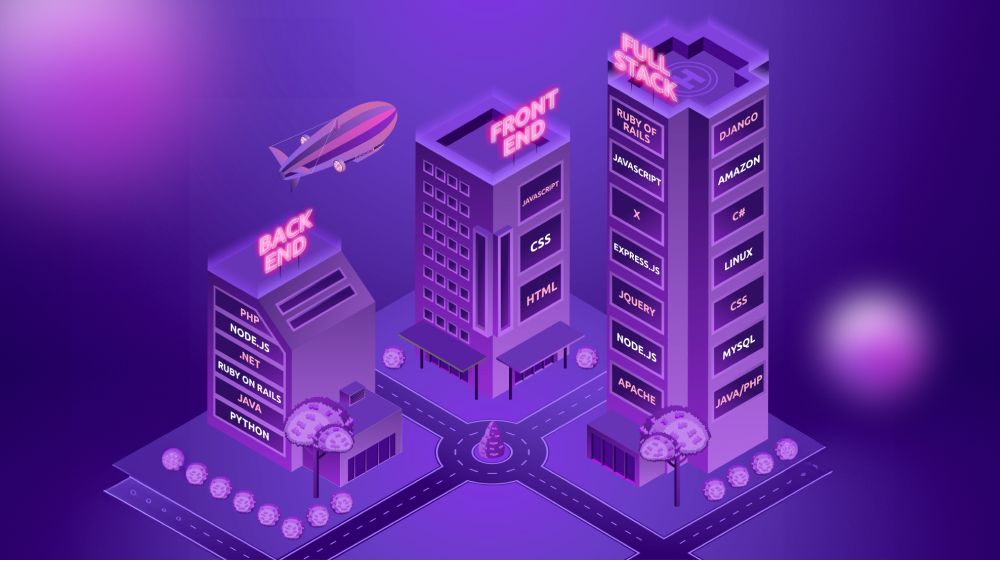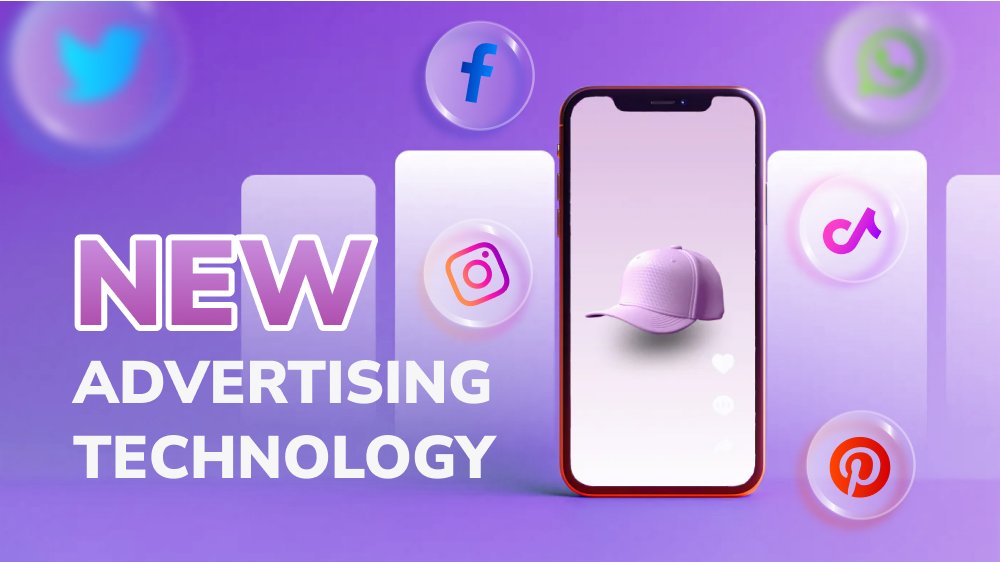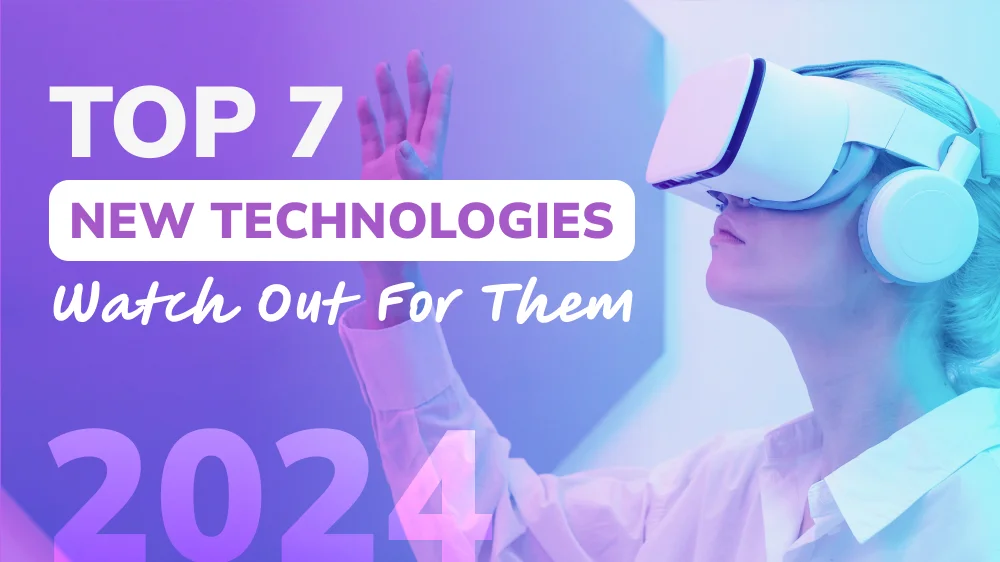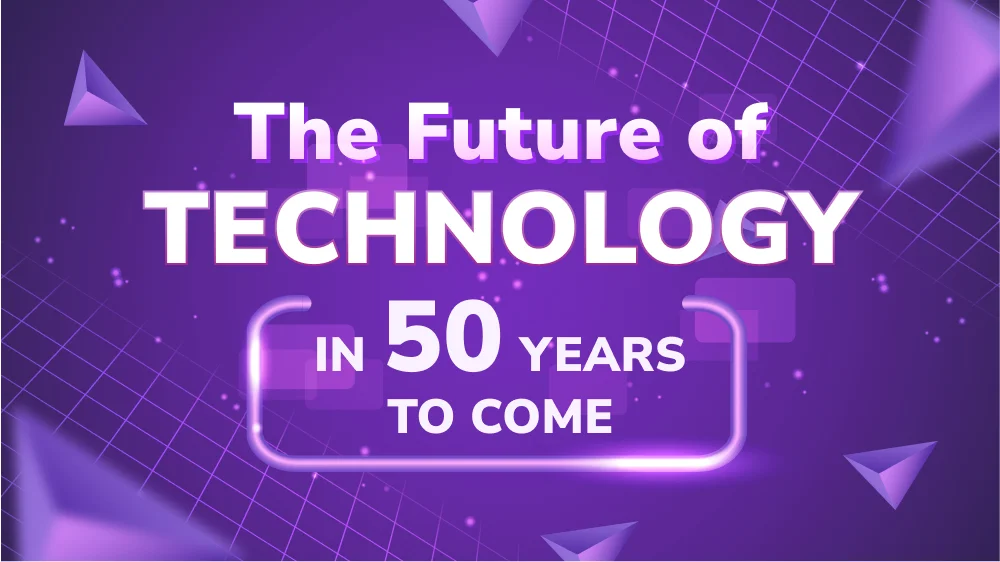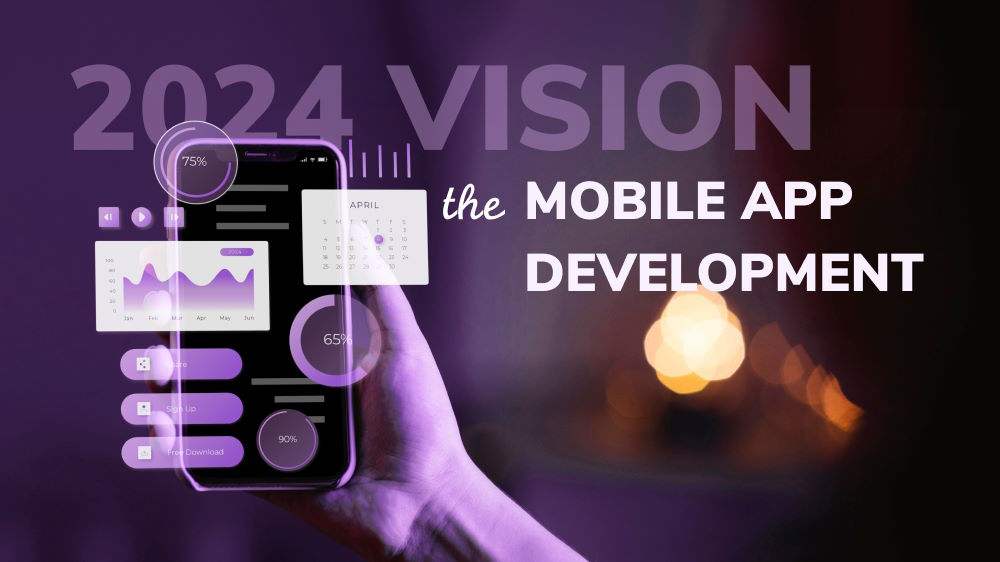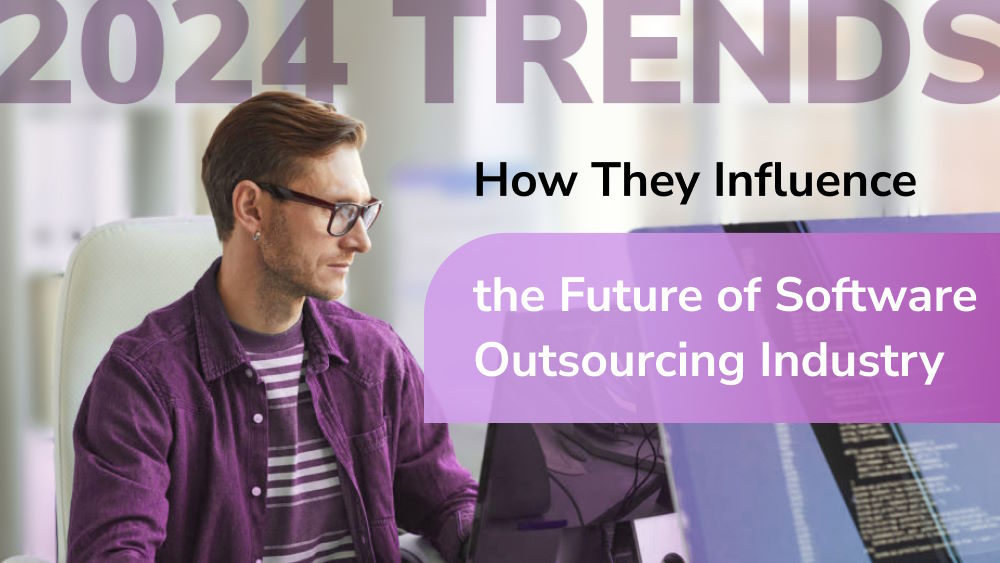GPT-5: The Groundbreaker or Job-Stealer? Separating Fact from Fiction

Content Map
More chaptersArtificial General Intelligence (AGI) has been making waves in recent years, and when OpenAI released ChatGPT over a year ago, it took the world by storm, leaving the public and enterprise customers in awe of its capabilities. The natural language processing capabilities of this AI model left many in awe and sparked a flurry of excitement in the tech community. However, the landscape of AI is rapidly evolving, and new competitor AI models are emerging, such as Google’s Bard and Anthropic, challenging OpenAI’s dominance.
In a discussion with Bill Gates in January 2024, OpenAI CEO Sam Altman confirmed that work on GPT-5 had begun. This confirmation came after Altman had previously affirmed it during a speech at the Y Combinator alumni reunion, his former venture capital firm, last September. However, no information was given about a potential release date, leaving many to speculate about when this new model might become available. The expectations are sky-high, fueled by our collective imagination and the advancements in AI technology. But, amidst all the hype, it’s essential to separate fact from fiction and understand what GPT-5 can realistically achieve.
Will GPT-5 be a groundbreaker, revolutionizing industries and transforming the way we live and work? Or will it be a job-stealer, automating tasks and leaving many people out of work? In this article, we’ll explore the potential of GPT-5, drawing insights from its predecessors and the trajectory of AI technology. We’ll examine the opportunities and challenges that GPT-5 presents and try to separate fact from fiction. So, buckle up and join us on this exciting journey into the future of AI technology.
Key Takeaways
- GPT-5’s Potential for Transformation: This AI holds immense power to revolutionize content creation, translation, and various industries through its ability to generate human-quality text, translate languages, and answer your queries in an informative way.
- AI Collaboration, Not Replacement: While concerns about job displacement exist, GPT-5 is more likely to work alongside humans, freeing them from mundane tasks and enabling them to focus on creativity and strategic thinking.
- Responsible Development Is Key: To ensure GPT-5 fulfills its potential, responsible development and deployment are crucial. Addressing limitations like accuracy and bias, and establishing ethical guidelines are essential for a future where AI benefits humanity.
Unveiling the Power of GPT-5: A Groundbreaker AI model

GPT-5 stands for Generative Pre-trained Transformer (GPT), the latest iteration in a series of powerful large language models (LLM) developed by OpenAI. Unlike traditional programming, which relies on explicit instructions, GPT-5 learns by analyzing massive amounts of text data. This allows it to grasp the nuances of human language, including grammar, syntax, and even stylistic elements. This AI powerhouse is built upon the rich legacy of its predecessors, yet it stands out with its unprecedented linguistic fluency and versatility. GPT-5 is not merely a conversational AI; it’s a harbinger of a new era where machines can assist and augment human capabilities in ways previously deemed the realm of science fiction.
The secret behind GPT-5’s impressive capabilities lies in its complex architecture. It utilizes a neural network structure known as a transformer, which allows it to analyze relationships between words and concepts within a sentence. This enables GPT-5 to not only understand the meaning of individual words in user prompts but also grasp the context and overall flow of language.
Furthermore, GPT-5 is pre-trained on a massive dataset of text, code and context window, providing it with a vast knowledge base to draw from when generating text, translating languages, or answering questions. The scale of this training data is what truly sets GPT-5 apart from its predecessors. Compared to previous versions, GPT-5 is able to process information more efficiently, generate more creative and human-like text formats, and perform complex tasks with a higher degree of accuracy.
Importantly, GPT-5 places a strong emphasis on ethical AI development. Measures have been implemented to mitigate biases and ensure responsible use, reflecting the growing awareness of the ethical implications of AI technology.
Comparison of GPT-5 with Previous GPT Models

GPT-5 isn’t a revolutionary anomaly, but rather the culmination of years of research and refinement.
- The Inception: GPT (Original) The journey began with the original GPT model, introduced by OpenAI in 2018. This model was groundbreaking, featuring 117 million parameters, a number that was impressive at the time. The original GPT was a trailblazer in leveraging unsupervised learning, drawing from a diverse range of internet text to generate language. It was capable of performing a variety of language tasks with minimal task-specific training, setting the stage for its more advanced successors.
- The Progression: GPT-2 In 2019, GPT-2 marked a significant step forward in the series. With 1.5 billion parameters, it was ten times larger than the original GPT. This model gained widespread attention for its ability to generate text that was coherent and contextually relevant, sparking discussions about its potential applications and ethical implications, including concerns about its misuse in creating convincing fake news.
- The Breakthrough: GPT-3 The release of GPT-3 in 2020 was a watershed moment for AI. With a staggering 175 billion parameters, GPT-3 was one of the largest language models of its time. Its significant improvements were not just limited to generating text; it could translate languages, answer questions, and even engage in creative writing. GPT-3 became a staple in various applications, demonstrating the practical utility of large-scale language models.
- The Refinement: GPT-4 The next version, GPT-4, built upon the successes of GPT-3, refining its abilities to understand context and generate human-like text. It featured an even larger number of parameters and incorporated improvements that reduced biases, making it a more reliable and effective tool for a range of applications, from conversational agents to content creation.
- The Pinnacle: GPT-5 GPT-5 is the culmination of this evolutionary journey. It surpasses all previous versions in terms of scale, complexity, and capability. This statement was confirmed by OpenAI’s CEO in a speech at the World Governments Summit (WGS) in Dubai. With an even larger number of parameters than GPT-4, GPT-5 offers a deeper understanding of context and a more nuanced generation of text. Its architecture supports continuous learning, allowing the model to stay current with the latest information and trends, a notable advancement from the static learning of previous models.
Addressing the Fear: The Job-Stealer Myth
With the rise of GPT-5, a wave of anxiety has emerged regarding its potential impact on the job market. Visions of AI robots replacing human workers dominate headlines, fueling fears of widespread unemployment. But upon a closer look, a more nuanced picture emerges. While GPT-5 undoubtedly possesses impressive capabilities, it’s unlikely to become a full-fledged job-stealer. Instead, it’s more likely to function as a powerful tool, augmenting human capabilities and ushering in a new era of collaborative work.
Here’s why the “job-stealer” narrative might be overblown:
- Collaboration, Not Competition: Imagine GPT-5 as a highly skilled assistant, not a replacement. Its ability to handle repetitive tasks like data analysis, content generation, and basic coding can free up human workers to focus on more strategic endeavors. This collaborative approach, where humans leverage the power of AI to enhance their work, is likely to be the future of various industries.
- Focus on Creativity & Strategy: While GPT-5 can generate creative text formats, its strength lies in mimicking existing patterns. Human ingenuity, on the other hand, excels at conceptualizing original ideas and devising innovative solutions. As AI takes over the mundane, the demand for human creativity and strategic thinking is poised to rise. Problem-solving, critical analysis, and the ability to translate ideas into actionable plans will remain highly sought-after skills in the AI-powered workplace.
- New Job Opportunities: The rise of AI technologies like GPT-5 will undoubtedly create new job opportunities. Roles focused on managing, developing, and implementing these technologies will be in high demand. Experts will be needed to ensure the ethical and responsible use of AI, while data scientists and programmers will be crucial for further refining and expanding AI capabilities. The future of work might involve humans and AI working in tandem, with new opportunities emerging alongside the evolution of technology.
Separating Fact from Fiction: A Balanced View
While the potential of GPT-5 is undeniable, it’s crucial to acknowledge that this technology is still under development. To truly separate fact from fiction, we must maintain a balanced view, acknowledging both its potential and its limitations.
- Addressing Limitations and Mitigating Risks: One of the ongoing challenges with AI models like GPT-5 is ensuring accuracy and mitigating bias. These models are trained on massive datasets of text and code, and any biases or inaccuracies present in that data can be reflected in their outputs. Researchers are actively working on improving training data quality and developing algorithms that can detect and correct for potential biases. Additionally, ongoing research focuses on improving factual accuracy by incorporating fact-checking mechanisms and reliable information sources.
- Ethical Considerations: Beyond accuracy, there are important ethical considerations surrounding the use of GPT-5. The potential for misuse of AI for malicious purposes, such as spreading misinformation or creating deepfakes, necessitates the development of clear guidelines for ethical use. Collaboration between developers, policymakers, and the public is crucial to ensure that AI technologies are used responsibly and for the benefit of society.
- Embracing the Potential: While challenges exist, the potential benefits of GPT-5 are significant. It has the power to revolutionize industries, enhance creativity, and accelerate progress. The key lies in embracing its potential while working to mitigate risks.
At Orient Software, we are experts in AI development, committed to responsible innovation and harnessing the power of AI for good. If you’re interested in exploring how GPT-5 or other AI technologies can benefit your business, we encourage you to partner with us. Together, we can navigate the exciting future of AI and ensure it serves humanity’s best interests.

